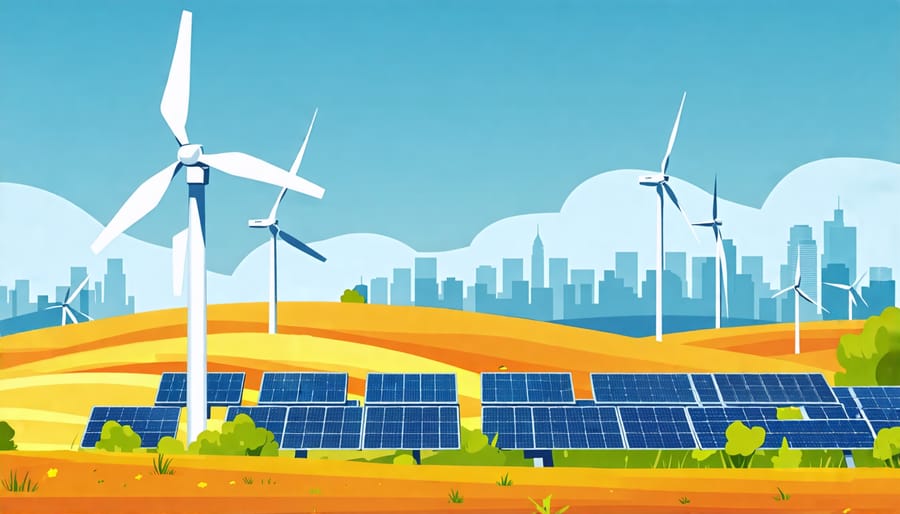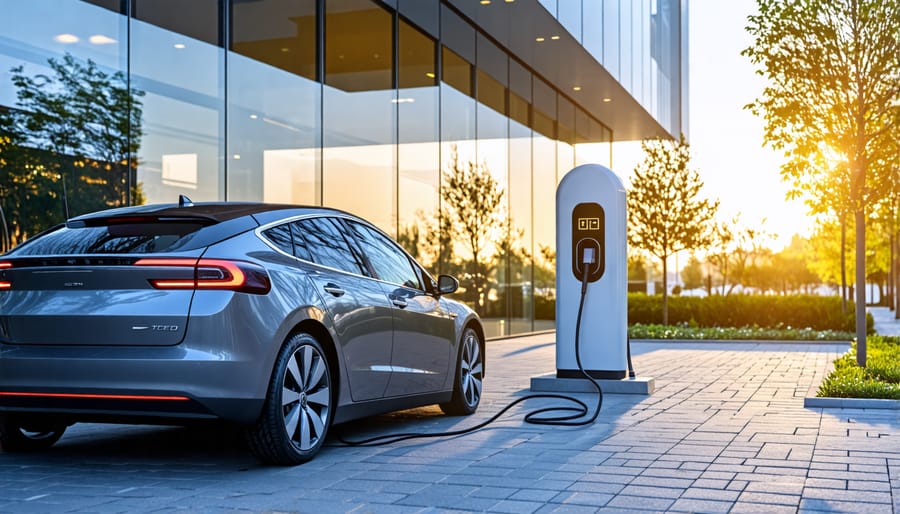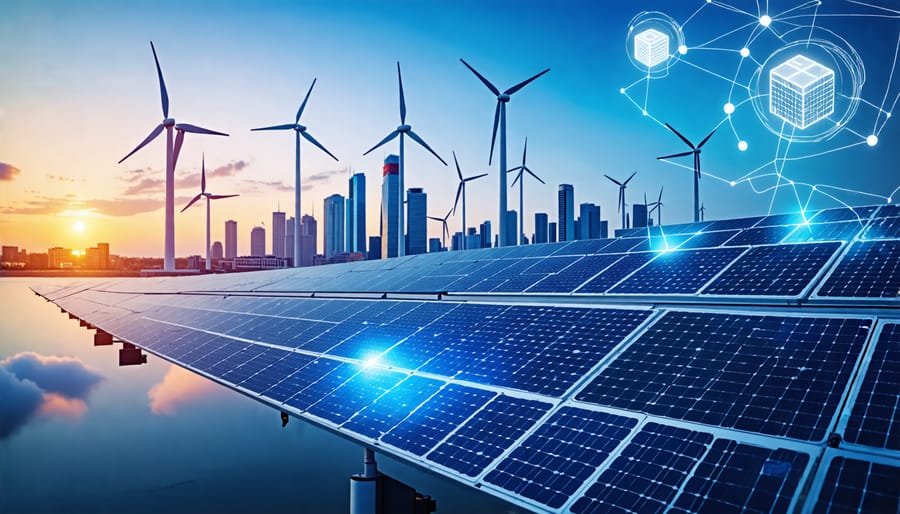The energy transition is a global imperative that will reshape our world. As we confront the urgent threat of climate change, shifting from fossil fuels to clean, renewable energy sources has become a necessity, not a choice. This transition involves a complex interplay of technology, policy, economics, and societal change – a fundamental restructuring of how we produce, distribute, and consume energy. While the challenges are immense, from scaling up infrastructure to managing costs, so too are the opportunities. The energy transition holds the promise of a more sustainable, resilient, and equitable future. It will spur innovation, create new industries and jobs, reduce pollution and health impacts, and mitigate the worst risks of a warming planet. Navigating this transformative journey will require unprecedented collaboration, investment, and leadership. The stakes could not be higher, nor the potential rewards greater, as we redefine our relationship with energy in the 21st century.
The Need for Energy Transition

Climate Change and Carbon Emissions
The burning of fossil fuels like coal, oil, and natural gas is the primary source of greenhouse gas emissions, particularly carbon dioxide (CO2), which trap heat in the Earth’s atmosphere. As CO2 levels rise due to human activities, global temperatures increase, leading to climate change and its associated impacts such as rising sea levels, more frequent extreme weather events, and ecosystem disruption.
To mitigate climate change, it is crucial to reduce carbon emissions by transitioning away from fossil fuels and towards clean, renewable energy sources. The energy transition not only helps combat global warming but also improves air quality, public health, and energy security. By investing in energy efficiency measures and adopting low-carbon technologies in the construction industry, we can significantly decrease our carbon footprint and contribute to a more sustainable future.
Growing Global Energy Demand
The global population is projected to reach 9.7 billion by 2050, driving a substantial increase in energy demand. Rapid urbanization and rising living standards in developing countries are further amplifying this trend. As economies grow and industrialize, their energy consumption intensifies. Emerging markets like China and India are witnessing a surge in energy-intensive sectors such as manufacturing, construction, and transportation. Even with efficiency improvements, the U.S. Energy Information Administration forecasts a nearly 50% rise in world energy usage by 2050. This growing demand puts immense pressure on the current energy system dominated by fossil fuels. To ensure a sustainable future, the energy transition must accelerate to keep pace with these escalating needs while mitigating climate change and environmental impacts. Balancing energy access, affordability, and sustainability will be critical as the world navigates this transformative shift in how we produce and consume energy.
Key Components of the Energy Transition
Renewable Energy Sources
Renewable energy sources are a vital part of the energy transition, offering sustainable alternatives to fossil fuels. Solar power harnesses the sun’s energy using photovoltaic panels or concentrated solar thermal systems. Wind power captures the kinetic energy of moving air with turbines, both onshore and offshore. Hydroelectric power generates electricity from the movement of water through dams or run-of-river systems. Geothermal energy taps into the Earth’s internal heat for power production and heating. These renewable energy sources have the potential to significantly reduce greenhouse gas emissions and provide reliable, clean power. As technology advances and costs decrease, the adoption of renewables in the construction industry is becoming increasingly feasible and attractive. Integrating these technologies into buildings and infrastructure projects can contribute to a more sustainable built environment and accelerate the transition away from fossil fuels.
Energy Efficiency and Conservation
Improving energy efficiency and reducing consumption are critical aspects of the energy transition. By using energy more efficiently in buildings, transportation, and industry, we can significantly lower our reliance on fossil fuels. In the construction sector, this involves designing and retrofitting structures with high-performance insulation, smart HVAC systems, and energy-efficient appliances. Transportation efficiency can be improved through electric vehicles, optimized logistics, and encouraging public transit. Industrial processes can be made more efficient by upgrading equipment, implementing heat recovery systems, and optimizing production lines. By embracing these strategies, we can reduce energy waste, cut costs, and minimize environmental impact. Energy conservation through behavioral changes, such as turning off idle equipment and adjusting thermostats, also plays a vital role. Ultimately, boosting efficiency and reducing consumption across all sectors is essential for achieving a successful and sustainable energy transition.
Electrification and Smart Grids
The energy transition involves electrifying sectors traditionally powered by fossil fuels, such as transportation and heating. Electric vehicles are gaining popularity, while heat pumps are replacing gas furnaces. This shift requires a modernized, flexible power grid to handle increased electricity demand and integrate renewable energy sources like wind and solar. Smart grids use advanced sensors, controls, and analytics to balance supply and demand in real-time, optimize energy distribution, and enable two-way communication between utilities and consumers. By deploying smart meters, demand response programs, and energy storage solutions, the grid becomes more resilient, efficient, and capable of supporting the clean energy transition in the construction industry and beyond.
Challenges and Opportunities
Technological and Infrastructure Challenges
Achieving the energy transition will require continued innovation in clean energy technologies and significant upgrades to existing energy infrastructure. While renewable energy costs have dropped dramatically, further advancements in solar, wind, energy storage, and grid technologies are needed to enable a fully decarbonized power system. Modernizing transmission and distribution networks is also critical to support the integration of variable renewable energy sources and handle increased electrification of transportation, buildings, and industry. This will involve deploying smart grid technologies, advanced sensors and controls, and high-voltage direct current (HVDC) lines. Developing robust supply chains and a skilled workforce to build and maintain this new energy infrastructure is another key challenge. Overcoming these hurdles will be essential for delivering reliable, affordable clean energy at the speed and scale required to meet climate goals.

Economic Opportunities and Just Transition
The energy transition presents significant opportunities for job creation in the clean energy sector. As investment in renewable energy, energy efficiency, and sustainable infrastructure grows, there will be increasing demand for skilled workers in construction, manufacturing, installation, and maintenance roles. Studies estimate that millions of new jobs could be created globally in the coming decades as the world shifts to a low-carbon economy. However, ensuring a just transition for workers and communities currently dependent on the fossil fuel industry is crucial. This involves providing support for retraining, job placement, and economic diversification in affected regions. Clean energy jobs often offer good wages and benefits, presenting a promising pathway for many workers. Proactive planning and collaboration between governments, industry, labor unions, and communities will be key to realizing the full economic potential of the energy transition while leaving no one behind.
Conclusion
The energy transition is a complex but vital transformation, requiring a shift from fossil fuels to clean, renewable energy sources. This change is essential to mitigate climate change, reduce pollution, and create a more sustainable future. The transition involves adopting technologies like solar, wind, and energy storage, as well as improving energy efficiency and developing smart grids. While challenges such as costs, infrastructure, and policy barriers exist, the transition also presents significant opportunities for innovation, job creation, and economic growth.
The construction and energy industries have a crucial role to play in this transformation. By designing and building energy-efficient structures, integrating renewable energy systems, and developing innovative solutions, these sectors can lead the way in creating a clean energy future. As the world moves towards a low-carbon economy, companies that embrace the energy transition will be well-positioned for success. The path ahead may not be easy, but with collaboration, investment, and a commitment to sustainability, we can build a brighter, cleaner future for generations to come.

